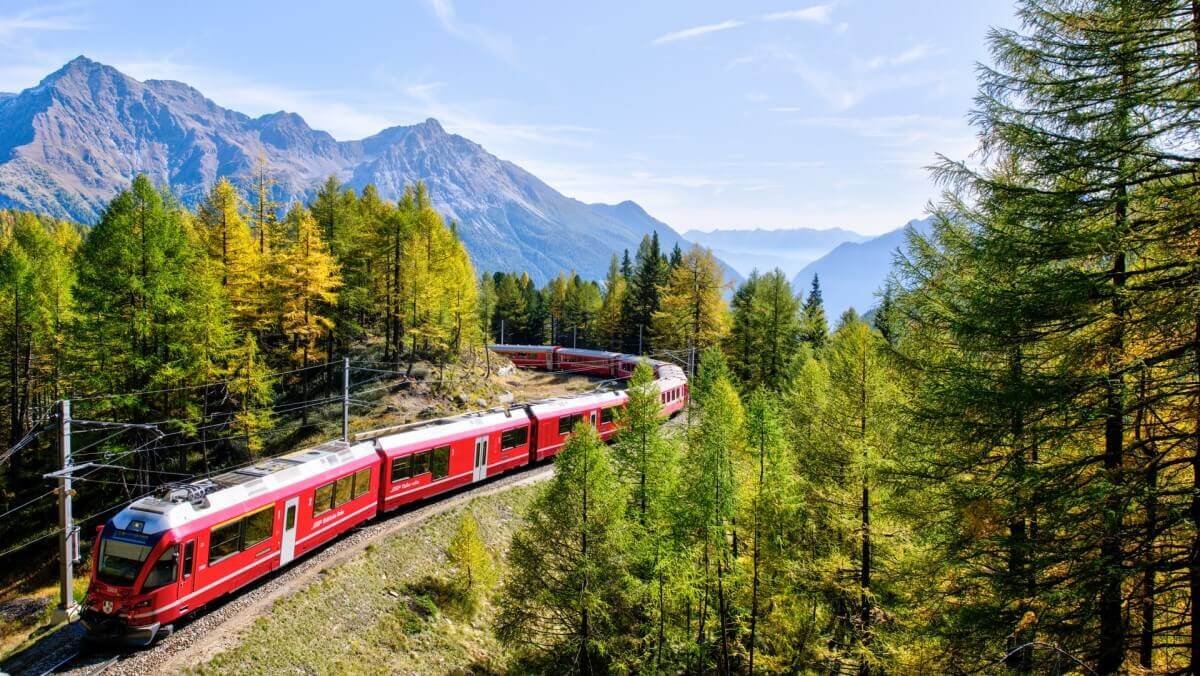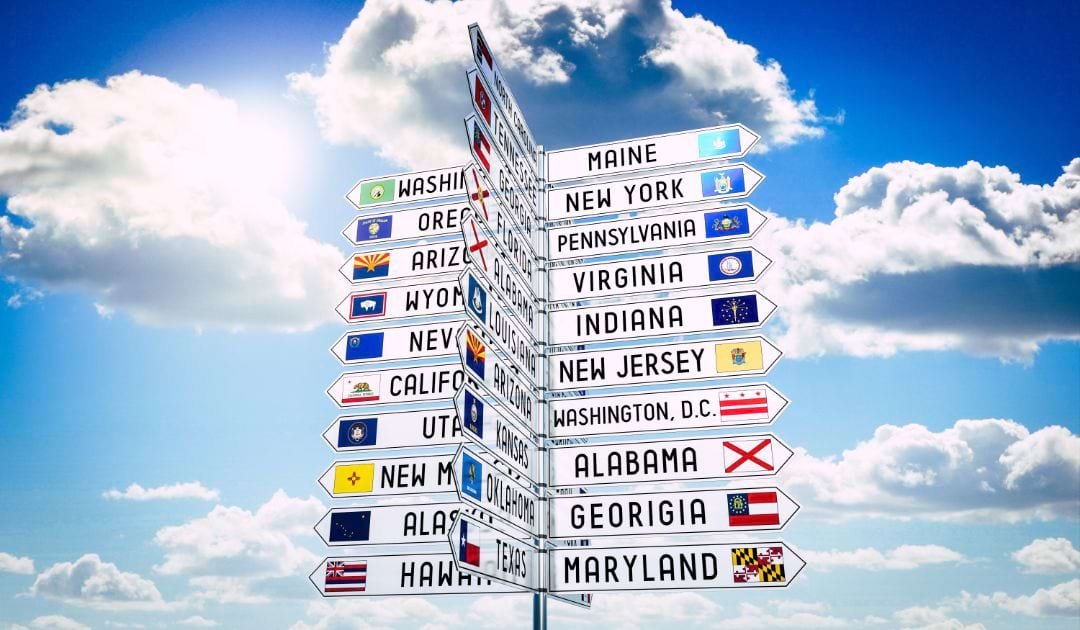

EU Continues Improving Its High-Speed Trains Network – Aiming at Reducing Carbon Emission
More specifically, the EU is aiming at expanding and improving the use of high-speed rails by 2030 to triple the current levels by 2050 while also reducing the use of cars and air travelling, with the latter generating nearly 14 per cent of the carbon emissions, AtoZSerwisPlus.com reports.
Europe accounts for 60 per cent of the world’s high-speed trains network, while Asia is known for its fastest trains. Among countries with the best trains in Europe is Spain, which has 3,152 kilometres of track, making it the country with the largest high-speed network on the continent.
Out of a total of 3,152 kilometres – 2,514 or the majority are Standard Gauges, while 567 kilometres are related to the Iberian Gauge and 71 kilometres to the Mixed Network. This Spanish rail network, which currently consists of five corridors, carried 28.7 million passengers in 2017.
Italy has been estimated to have some of the fastest and most economical trains due to connections to major cities, which are generally faster and cheaper by train than by air. In addition, driving and parking in Italy are considered stressful, as sometimes it can be easier to travel by air than driving due to traffic.
Furthermore, Italy is known for having different alternatives and departures, with Italo High-Speed Train being the favourite for travellers. This train offers four classes of travel and moves with a speed of 300 kilometres per hour while also being a “green travelling alternative” as the vehicle is built with recyclable materials.
Among other popular trains in Italy are Frecciarossa, Railjet, EuroCity, Nightjet Night Train, and EuroNight night train.
France also has one of the highest-speed trains in Europe, such as TGV or Train a Grande Vitesse. Trains of such network travel from Marseille, Lille, Calais, or Strasbourg, with a speed of 320 kilometres per hour.
Recently, the French national railway company, SNCF, and Deutsche Bahn have announced the launch of a direct high-speed train between both French and German capitals, which will start operating by the end of 2023.
The German train traffic company, Deutsche Bahn, manages more than 25,000 kilometres of track that connect the country with many cities in the region. As per the most popular routes, those in Berlin, Cologne, and Munich are the most frequently visited, as the German train network enables travellers to move from Frankfurt to Paris in less than four hours.


















